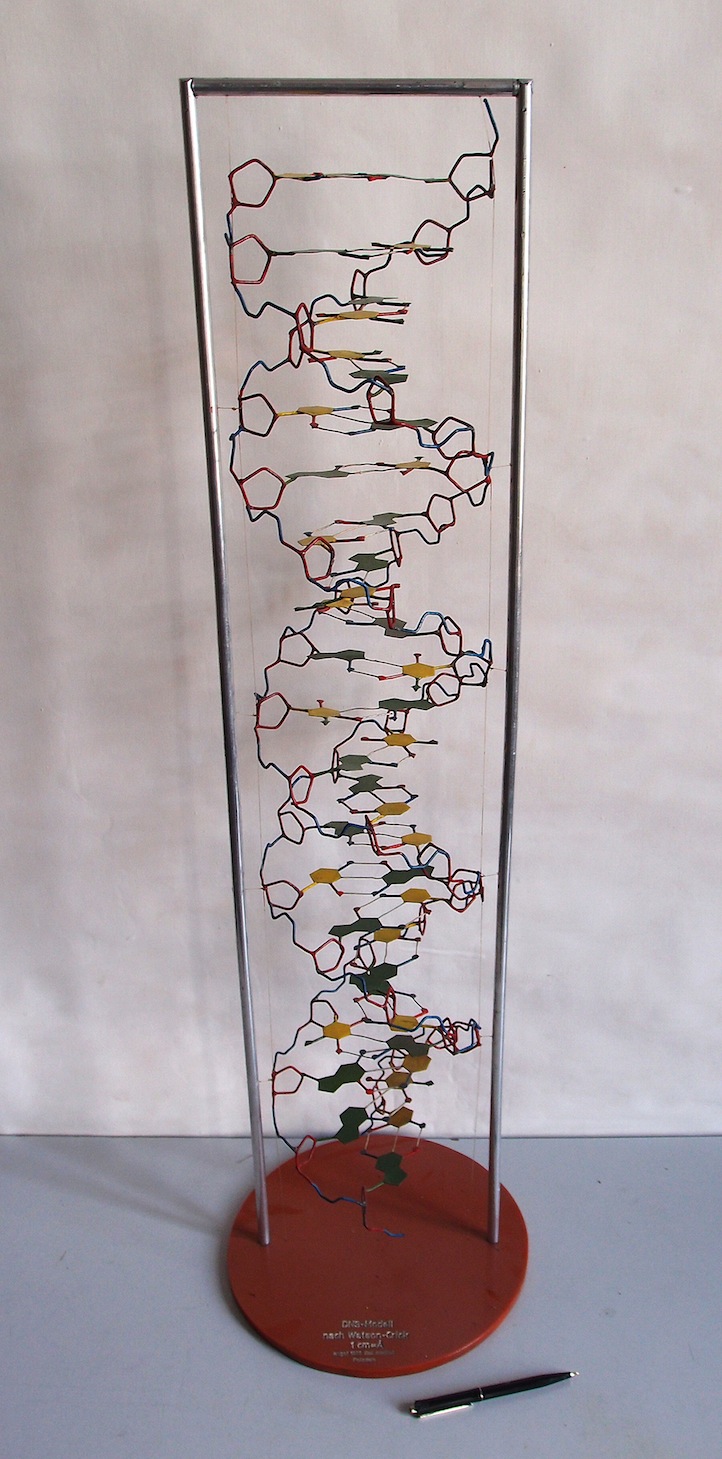
According to the Jan. 23 edition of the journal Nature, British scientists Nick Goldman and Ewan Birney have set a new record for storing digital file data onto strands of DNA. While they are not the first to store data on DNA, they’ve created a new method that allows data to be packed much more densely than it could previously be packed.
DNA has always been the storage unit for organisms and now Goldman and Birney want to utilize its abilities to store non-genetic material. DNA storage is being designed to last thousands of years and would take a much smaller amount of space to store than current data storage methods.
This is a complicated process, mainly because computers and DNA are coded differently. Digital files are written in binary code, which is a system of ones and zeros. On the other hand, DNA uses a chemical code containing the four nucleotides: adenine, thymine, guanine, and cytosine (ATGC).
Converting the nucleotide bases into ones and zeros can lead to misread data due to repetition, so Goldman and Birney used a ternary system and translated the code into 0, 1, and 2. The new method can store data at up to 2.2 petabytes per gram of DNA. Additionally, the team developed a new “proofreading” process to ensure that the DNA is encoded accurately.
DNA storage has numerous advantages, including its capacity.
“All of the entire data the Internet transmits within a month–everything everyone does on the internet–can fit on two pounds of DNA,” states Discovery News’ Anthony Carboni in a video about the process.
Another advantage to DNA storage is longevity. As long as it is stored in a cool, dry place, it remains readable for tens of thousands of years. Other storage methods, such as DVDs and magnetic tapes, degrade in a generation or less.
However, DNA storage drives are still in their infancy. For now, the process of translating data into DNA is very slow. Furthermore, the cost is astronomical, going at about $12,400 per megabyte. Yet like any other revolutionizing invention, the cost will plunge as people begin to develop better methods.
Whether or not DNA storage becomes a popular process in the future, it has made one thing clear. Humans are advancing at an amazing rate in the fields of technology and science, and storing data on miniscule strands of chemicals is just the beginning.
According to Carboni, “things are going to get so crazy in the next few decades.”

